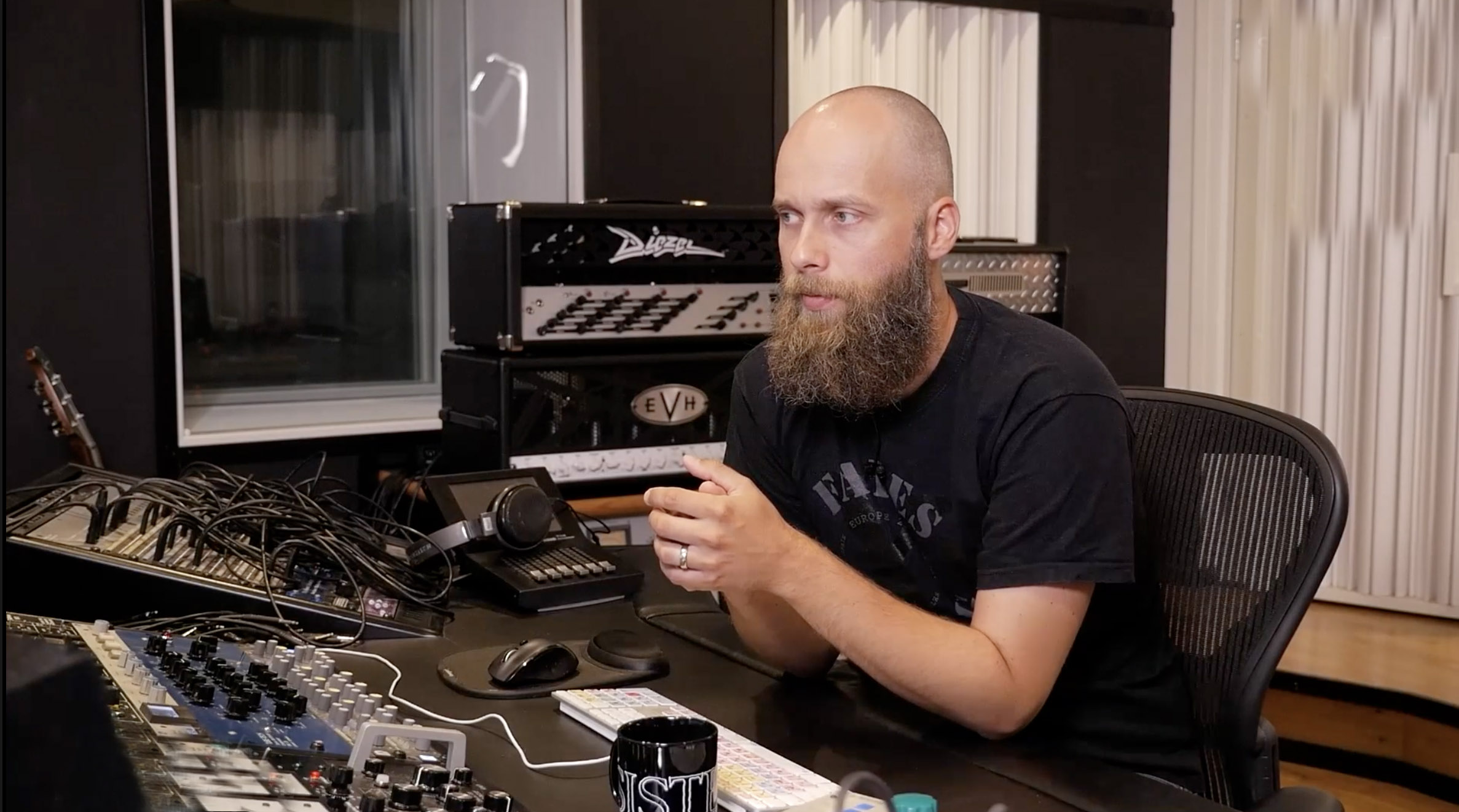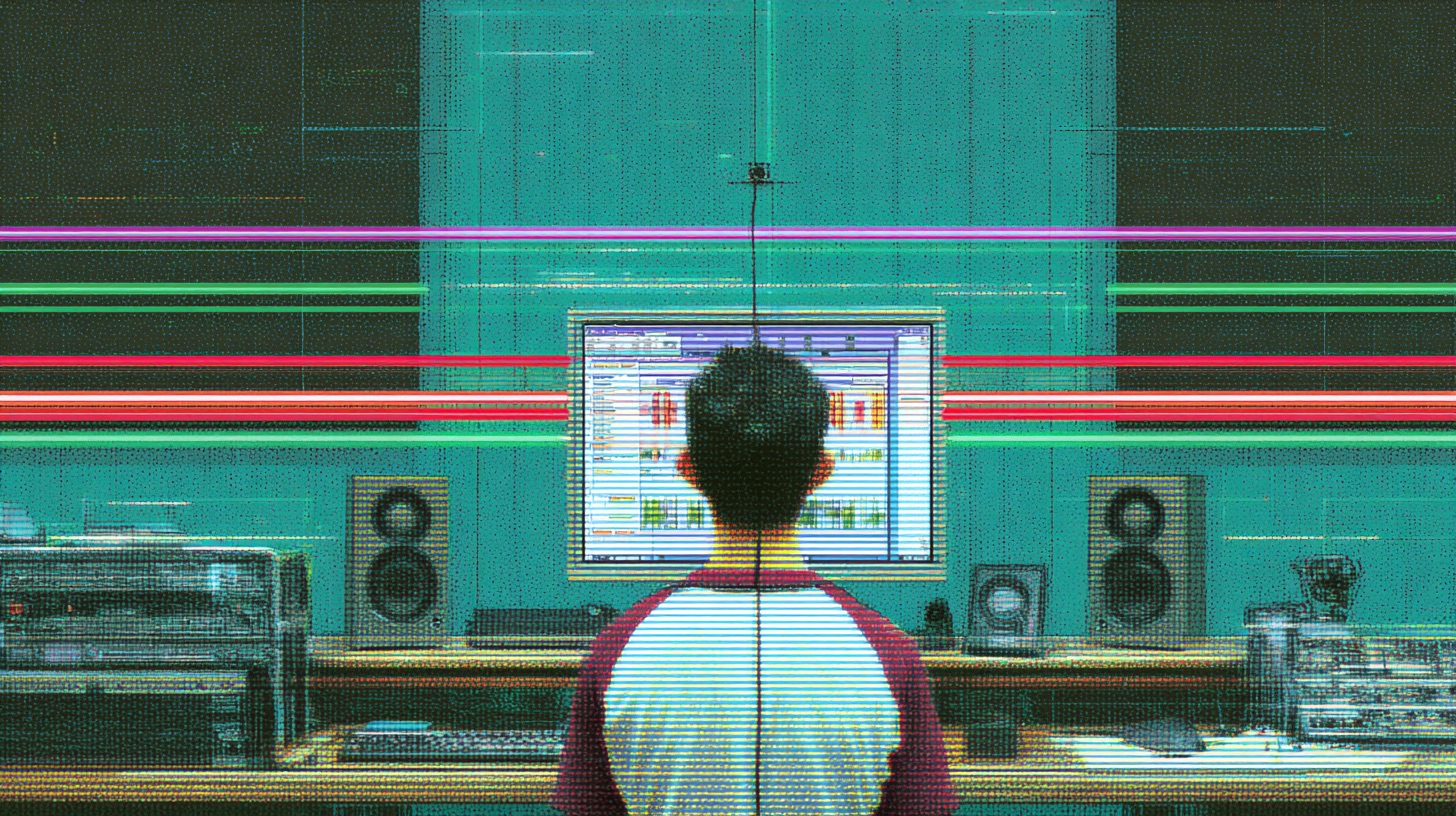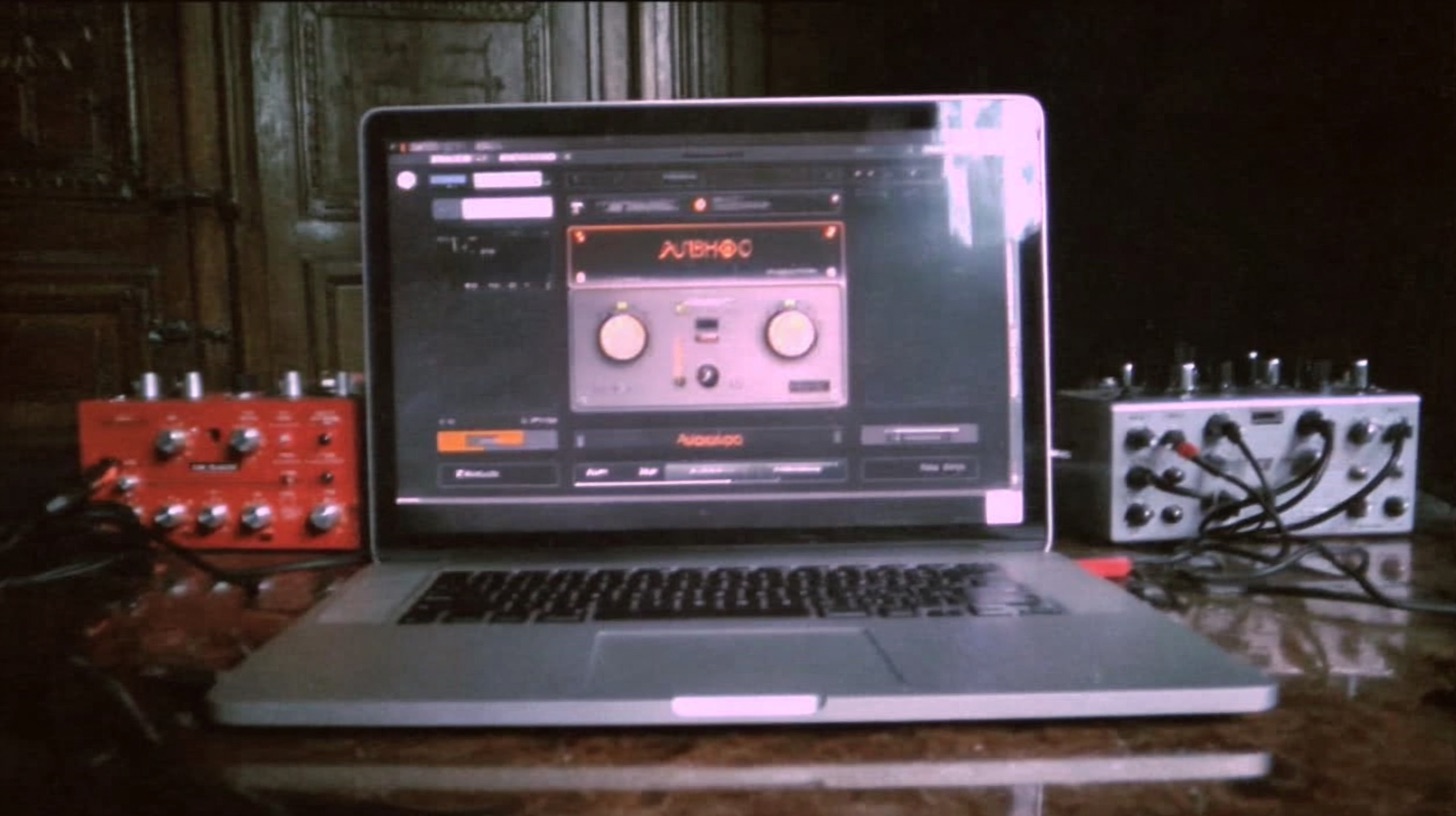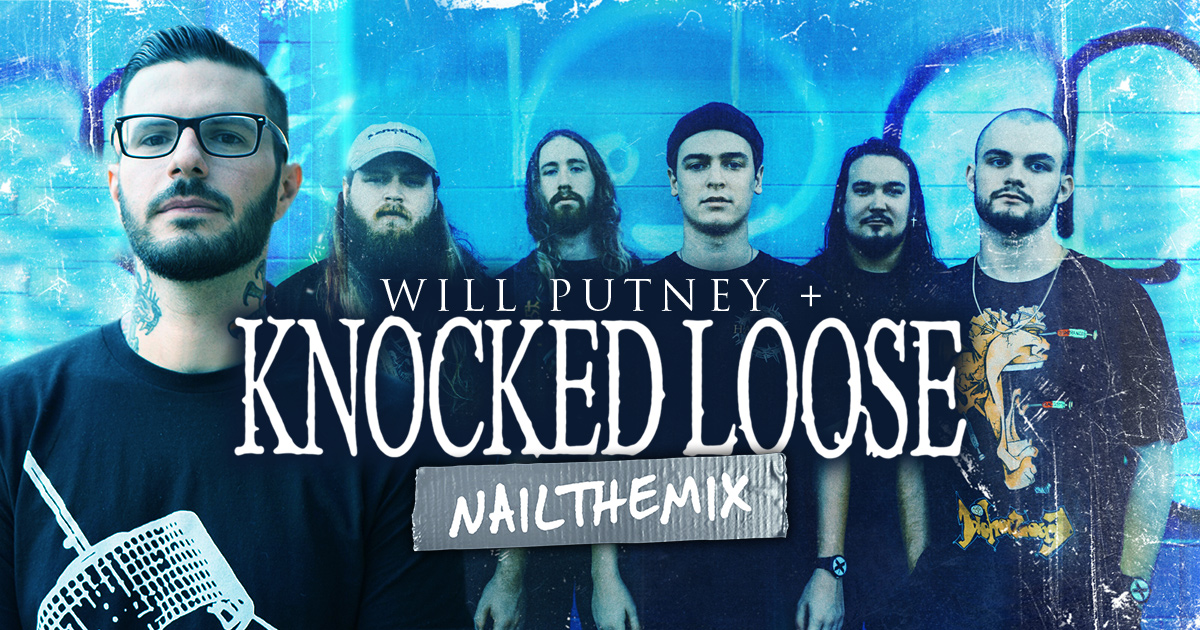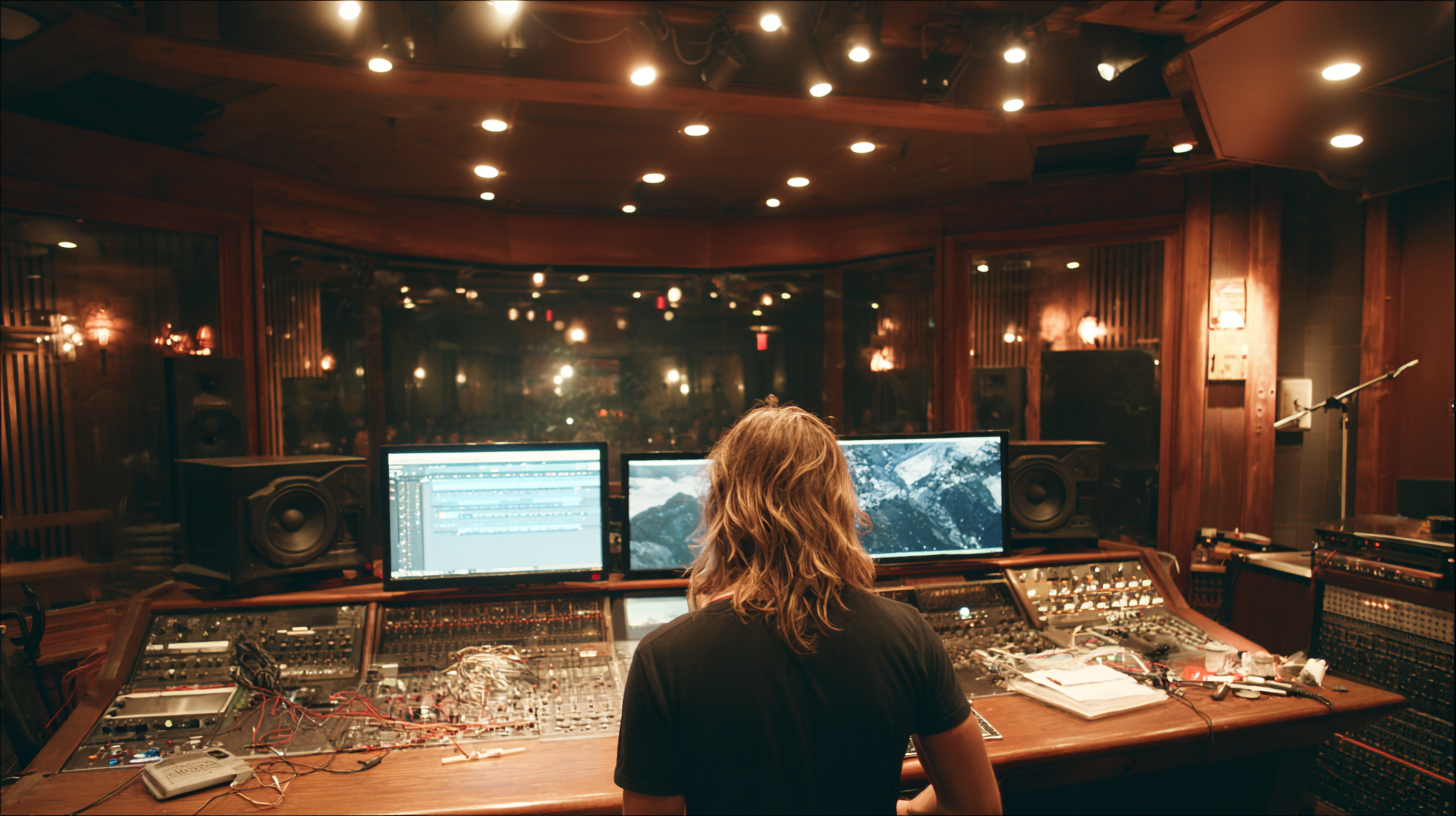
Why Your Music Mixing Software Isn’t the Real Secret
Nail The Mix Staff
We’ve all been there. You’re scrolling through a forum or watching a YouTube tutorial, and you see it: that one magic plugin that’s supposedly responsible for a god-tier mix. The gear acquisition syndrome (GAS) kicks in, but for software. You think, “If I just had that compressor, that EQ, that amp sim, my mixes would finally sound professional.”
It’s a trap.
While the music mixing software you use isn’t irrelevant, it’s not the silver bullet you think it is. The truth is, your focus might be in the wrong place. The most important thing is always a great song with a killer performance. The software is just there to enhance what you’ve already captured.
Here’s our take on when your software choices actually matter, when they’re a complete distraction, and how to focus on what will really elevate your mixes.
When Your Mixing Software Actually Matters
Look, we’re not saying all plugins are created equal. In certain situations, having the right tool for a specific, difficult job makes a world of difference. The key word here is specific.
Hyper-Specific Tools for Hyper-Specific Jobs
Got a DI guitar track with some nasty high-end fizz that survives every EQ cut you throw at it? This is where a specialized tool shines. A plugin like oeksound’s Soothe2 is literally designed for this one task: to dynamically identify and suppress harsh resonant frequencies without butchering your tone. Trying to do that manually with a dozen automated EQ nodes would be a nightmare. In this case, the software absolutely matters because it solves a very particular problem efficiently.
The Tonal Fingerprint: Amp Sims & Virtual Instruments
This is the big one. If you’re chasing a specific guitar tone or drum sound, you can’t just grab any old plugin.
Your choice of amp sim is critical. The difference between a Bogren Digital IRD anp sim, something from the Neural DSP suite, or STL Tones is not subtle—it’s the entire foundation of your guitar sound. They have different gain structures, different voicings, and different built-in cab simulations. Just like a real-world Mesa/Boogie Dual Rectifier sounds nothing like a Marshall JCM800, these plugins have their own distinct character.
The same goes for virtual drum instruments. The raw samples in GetGood Drums are going to give you a completely different vibe than Slate Drums or Toontrack’s Superior Drummer 3. If you’re trying to nail the sound of modern metalcore, starting with the right drum library is non-negotiable.
The Great Lie: Where Software Matters Less Than You Think
Okay, so specialized tools are important. But what about the workhorse processors you use on every channel? This is where producers get lost in the sauce, wasting time and money on things that offer diminishing returns.
The EQ and Compressor Conundrum
You need to EQ a snare. Do you need the UAD Neve 1073, the Waves SSL E-Channel, or the FabFilter Pro-Q 3?
Honestly, it barely matters.
What matters is understanding what type of tool you need. A FabFilter Pro-Q 3 is a surgical scalpel—perfect for notching out a nasty ring with a super-narrow Q. An SSL Channel Strip EQ is a broad paintbrush—great for adding general brightness or body. You wouldn't use a paintbrush for surgery.
But once you get to the point of debating which brand of SSL channel strip to use, you’ve lost the plot. The one that came with your DAW is probably fine. The differences between the top-tier third-party models are so subtle that they get completely lost in a dense metal mix. The real skill is knowing why you’re reaching for an EQ in the first place and what you’re trying to accomplish. Asking four key questions can help you make better EQ decisions with any plugin.
The same goes for compressors. Learn what attack, release, ratio, and knee settings do, and you can get 99% of the way there with any decent compressor plugin. Don’t fall into the trap of thinking you need 20 different flavors of compression.
Mastering the core concepts of compression is what will transform your mixes, not buying another 1176 clone. Learning how to hear compression and manipulate the core controls will improve any mix.
The Most Important Factor: Your Workflow
Here’s a hot take: the best plugin is the one you know how to use quickly and intuitively.
A plugin like iZotope Ozone is an incredibly powerful mastering suite, but its interface can be intimidating. If looking at its dozens of parameters gives you anxiety and slows you down, don’t use it. You’ll get a better result using a handful of stock plugins that you understand inside and out.
Everyone’s brain is wired differently. The visual feedback from one EQ might click with you instantly, while another just feels confusing. Your goal is to make good decisions, and if a plugin’s GUI gets in the way of that, it’s the wrong tool for you—no matter who else is using it.
The Hidden Dangers of "Plugin Acquisition Syndrome"
Collecting plugins feels productive, but it often does more harm than good. Beyond the obvious damage to your wallet, a bloated plugin folder comes with technical and creative costs.
More Tools, More Problems: Latency and Phase
Every plugin you add to a track introduces a small amount of processing delay, or latency. Modern DAWs have Automatic Delay Compensation (ADC) to manage this, but these systems aren't foolproof, especially in a DAW like Pro Tools, which has a notorious history with this.
Where does this bite you? Parallel processing.
If you send a snare to a parallel bus and crush it with a high-latency plugin, that signal will return to the mix slightly later than the original dry snare. If your DAW’s ADC can’t handle it, you’ll get nasty phasing and comb filtering that thins out your sound. This is why many old-school Pro Tools engineers built their workflow around minimal busing—they were burned by broken delay compensation in the past.
Being mindful of this and keeping your plugin chains efficient is a pro move that has nothing to do with buying the latest and greatest tool.
Analysis Paralysis: The Death of Creativity
When you have 15 different EQs and 20 different compressors, you spend more time choosing a tool than using one. This is analysis paralysis.
You see a top-tier mixer like Jens Bogren using seven different EQs on one track, and you think you need to do the same. But you’re missing the point. His mixes are great because of his world-class ears and decades of experience, not because he used one EQ for a broad boost and another for a narrow cut. He could get the same killer result with one instance of Pro-Q 3 if he had to, because he has the skills.
The most important thing you can do is pick a small, powerful set of tools and learn them inside and out.
Stop Chasing Uniqueness, Start Building Skill
Here’s the ultimate truth: it doesn’t matter if you use the same amp sim as ten thousand other guitarists.
You could give 100 chefs the exact same ingredients, and you’d get 100 completely different dishes. Mixing is no different. The input level you hit the amp sim with, your guitar, your pickups, your playing style, the bass tone you pair it with, the drum groove it sits on… all these variables make your sound unique.
Your creative taste is a product of every song you’ve ever loved, filtered through your own unique brain and ears. You don’t need to try to be unique; you already are. Your job is to get skilled enough to translate the sounds in your head into reality. When you first start, you imitate. That’s how you learn. But over time, your own tastes will naturally take over and guide your decisions.
Instead of spending your time and energy hunting for the next magic plugin, invest in your craft. Learn the fundamentals. Study how the best in the world make their decisions.
Because seeing how a pro like Will Putney or Billy Decker makes decisions—why they chose that compressor, why they made that EQ cut, how they balanced the guitars against the vocals—is infinitely more valuable than just owning the same plugins they do. It’s about learning the process, not just the tools.
Get a new set of multi-tracks every month from a world-class artist, a livestream with the producer who mixed it, 100+ tutorials, our exclusive plugins and more
Get Started for $1
